Waterproofing your siding is an important step in protecting your home from the elements. If you live in a climate that sees a lot of rain or snow, it is essential to take steps to ensure that your siding stays in good condition. In this guide, we will discuss the different methods of waterproofing siding and provide some tips on how to do it properly. We will also answer some common questions about waterproofing siding. Let’s get started!
Why Do You Need to Waterproof Siding?
Your siding is one of the most important parts of your home. It protects you from the elements and keeps your home looking great. But if it’s not properly maintained, it can start to show signs of wear and tear. Waterproofing your siding is a great way to protect it from the elements and keep it looking its best.
You can use a sealant, which will create a barrier between the elements and your siding. You can also use a waterproofing agent, which will help repel water and prevent it from seeping into your siding.
No matter which method you choose, waterproofing your siding is an important part of maintaining your home. It will help you avoid costly repairs down the road and keep your home looking its best.
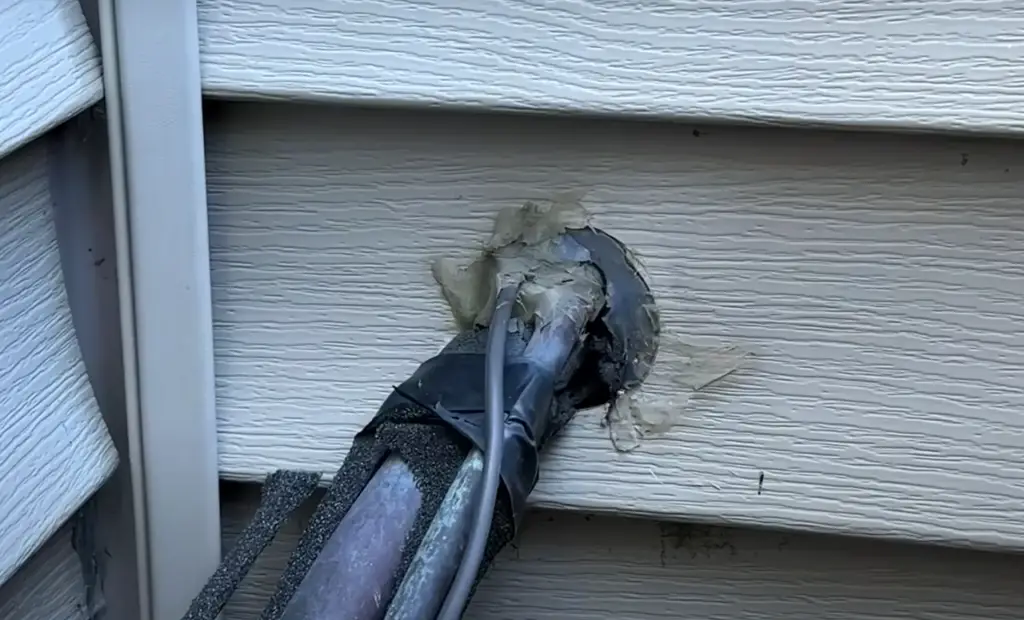
If you’re not sure how to waterproof your siding, don’t worry. We’ve got you covered. In this ultimate guide, we’ll show you everything you need to know about waterproofing your siding. We’ll answer common questions, give you useful tips, and show you the best products on the market. [1]
So if you’re ready to learn how to waterproof your siding, keep reading!
Why Rainscreen Is Necessary Behind Siding
When it rains, water can penetrate through small cracks and holes in the siding. This can cause mold and mildew to grow on the backside of the siding and behind wall cavities. If left unchecked, this can lead to serious structural damage.
Rainscreen also helps improve air circulation behind the siding which further reduces the risk of mold growth.
There are two main types of rain screen systems:
- Drainage plane: This type of rain screen has a horizontal layer that allows water to drain away from the wall;
- Pressure-equalized: This type of rain screen uses an air gap to equalize pressure behind the siding and prevent water from entering through small cracks or holes;
Which type of rain screen system is best for your project will depend on the climate, the type of siding being used, and other factors. Discuss with your contractor or architect to determine which system is right for you. [2]
Installing a rain screen is not a difficult process but it is important to make sure it is done correctly in order to be effective. Hiring a professional contractor who has experience with this type of project is the best way to ensure a quality installation.
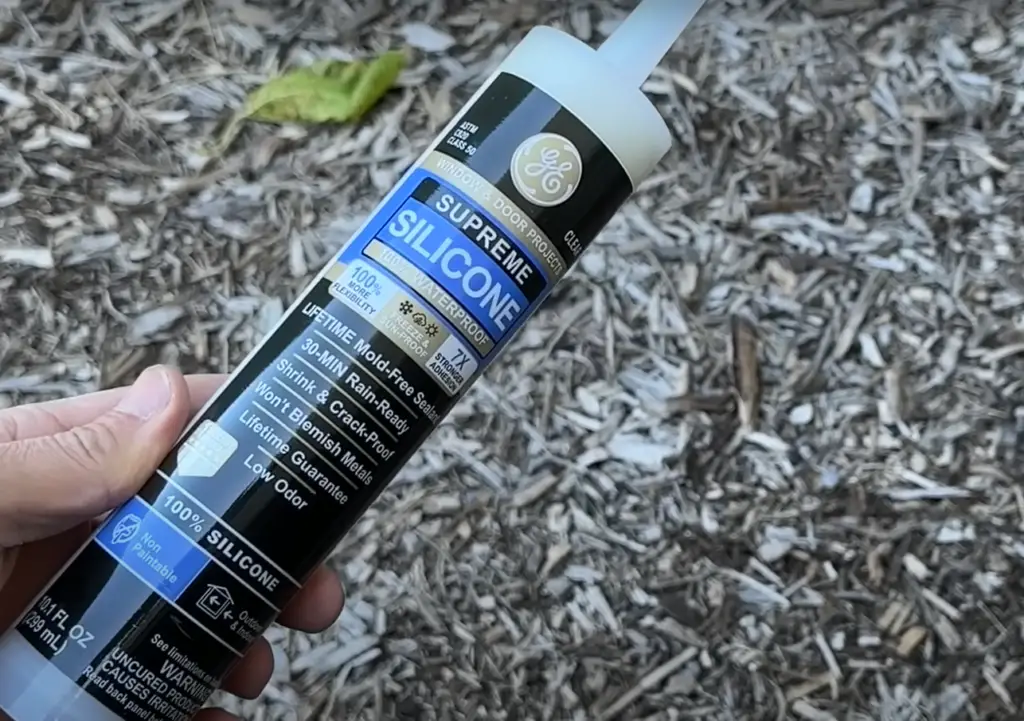
How to Prevent Siding From Leaking
Waterproofing your siding is important to prevent water damage. But what’s the best way to waterproof siding?
There are a few different ways you can waterproof your siding, depending on the type of siding you have and the level of protection you need.
Here are some tips on how to waterproof siding:
- Choose the right sealant for your siding. There are many different types of sealants available, so make sure you choose one that is compatible with your siding material;
- Apply sealant evenly and carefully. Follow the manufacturer’s instructions on how to apply the sealant properly;
- Inspect your work regularly. Check for any cracks or gaps in the sealant and reapply as necessary [3];
Why Relying on Caulking is a Bad Idea
If you’re like most people, when you think of waterproofing your home’s siding, the first thing that comes to mind is caulking. And it makes sense – after all, caulk is designed to seal up cracks and gaps.
But here’s the problem: over time, caulk dries out, shrinks, and cracks. So even if you do a great job of caulking your siding today, there’s no guarantee it will still be doing its job a year from now.
Plus, caulk is only effective if it’s applied properly. If there are any gaps or cracks in your caulk job, water can still get in behind your siding and cause damage.
Waterproof Siding Options
There are a few different ways that you can waterproof your siding. You can use a sealant, paint, or even a product like Gutter Helmet to keep your siding looking its best and protected from the elements.
Sealants are a great option for those who want an invisible barrier between their siding and the elements. Sealants will last for several years before they need to be reapplied and can be applied easily with a brush or roller.
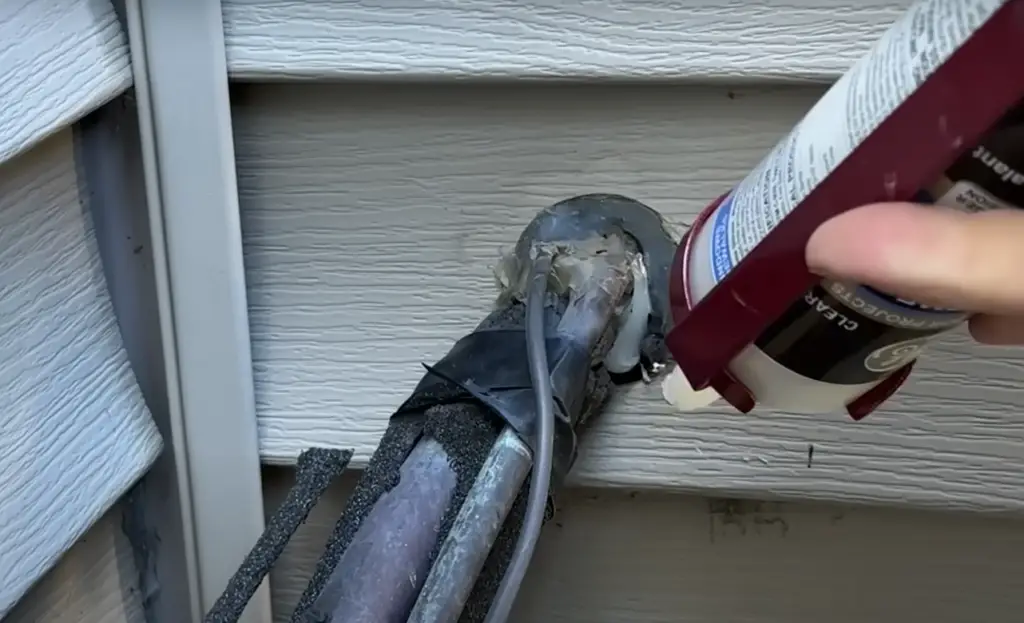
Paints are another popular option for waterproofing siding. They provide a durable finish that will protect your siding from UV rays, wind, and rain. Paints can also be tinted to match the color of your home’s exterior.
How To Waterproof Your Home Siding
You can use a sealant, a waterproofing membrane, or a combination of both. Sealants will protect your siding from water damage, while waterproofing membranes will prevent water from seeping through the cracks and joints in your siding.
When choosing a sealant or waterproofing membrane, be sure to read the labels carefully. Some products are designed for use on specific types of siding, while others can be used on any type of siding.
Once you have chosen the right product for your siding, follow the instructions carefully. Applying a sealant or waterproofing membrane is usually a simple process, but it’s important to follow the directions exactly.
Siding Alone Won’t Waterproof A Home
Siding is important, but it’s just one part of the puzzle. The rest of the puzzle includes proper installation techniques, flashing, caulking, and house wrap. Without all of these things working together, your home will be vulnerable to moisture damage.
Waterproofing your siding is an important step in protecting your home from water damage. There are a few different ways to waterproof siding, and the best method for you will depend on the type of siding you have and the climate you live in. We’ll go over a few different methods so you can choose the best one for your home.
Additional Layering That Helps Siding Waterproof A Home
One common question we get is whether homeowners can do anything to make sure that their siding will last longer. The answer is yes! There are a few extra steps you can take to help extend the life of your siding and keep it looking great for years to come. Here are a few tips:
- Use a high-quality primer before painting your siding. This will help the paint adhere better and also provide an extra layer of protection;
- If you live in an area with high humidity, consider using mildew-resistant paint on your siding. This will help prevent mold and mildew from growing on the surface;
- Consider adding an additional layer of protection by installing a rain gutter or awning over your siding. This will help keep the area around your home dry and free of moisture, which can cause damage to the siding over time;
House wrap
One final layer of protection you can add to your home is house wrap. Housewrap is a thin, water-resistant material that goes over the exterior walls of your home before the siding is installed. It acts as a barrier against moisture, wind, and other elements that can damage your home. We recommend installing house wrap on all new construction homes as well as homes that are undergoing a major renovation.
Flashing
Flashing is another important element of waterproofing your home. Flashing is a strip of metal or plastic that is installed over joints and seams in your home’s exterior. It helps to prevent water from seeping into these vulnerable areas and causing damage.
Caulking
One way to waterproof your siding is to caulk any gaps or cracks. You can use a silicone-based caulk, which will last longer in wet conditions than a latex caulk.
Make sure to clean the surface before applying the caulk and follow the instructions on the packaging for the best results. Once it’s dry, you should have a watertight seal that will keep moisture out of your home.
Sealants
Sealants are a great way to waterproof your home. Sealants are a sealant that is applied to gaps and cracks in your home’s exterior. We recommend having professional install sealants around doors, windows, and any other openings in your home’s exterior.

Trim
The first step is to add a layer of protection to your trim and siding. This can be done with a variety of products, but we recommend using an oil-based primer or sealant. You’ll want to apply this generously, especially to any seams or joints in the siding. Once the primer or sealant has dried, you can add a topcoat of paint for extra protection.
If you live in an area with high humidity or lots of rainfall, you may also want to consider adding a waterproofing membrane to your siding. This will provide an extra barrier against moisture and help keep your home’s exterior looking great for years to come.
Sealant Tape
Sealant tape is an important part of the waterproofing process and should be applied to all seams, joints, and cracks in the siding. Sealant tape is available in a variety of widths and thicknesses to accommodate different size gaps and cracks.
Be sure to read the manufacturer’s instructions. Applying too much or too little sealant can affect the overall performance of the product. In general, it is best to apply a thin layer of sealant that completely covers the crack or seam. [4]
If you are unsure about how much sealant to use, it is always better to err on the side of using less rather than more. Too much sealant can cause problems such as sagging, bubbling, or peeling.
Reduce Moisture and Avoid Rot
The first step in waterproofing your siding is to make sure that you’re not accidentally trapping moisture against the wood. If your siding is already painted or otherwise sealed, you’ll need to take extra care to avoid causing any damage when waterproofing.
Once you’ve taken steps to reduce moisture, you can begin applying a waterproof sealant. There are many diverse types of sealants on the market, so be sure to choose one that is compatible with the type of siding you have.
If you’re not sure which product to use, ask a professional at your local hardware store for advice. They should be able to recommend a sealant that will work well for your specific situation.
Once you’ve chosen a sealant, apply it according to the manufacturer’s instructions. In most cases, you’ll need to apply multiple coats in order to achieve full waterproofing protection.
Waterproofing your siding is an important part of protecting your home from the elements. By taking a few extra steps, you can help extend the life of your siding and keep your home looking great. If you have any questions about waterproofing your siding, please contact us today.
FAQ
How do you keep water from getting behind vinyl siding?
Make sure that your house wrap is installed properly. House wrap is a barrier that helps prevent water from seeping into your walls.
Another thing you can do is install flashing around doors and windows. Flashing is a strip of material that helps direct water away from these areas.
You should also check the eaves of your roof and make sure that they are properly sealed and protected from water damage. [5]
If you take these precautions, you will help ensure that your vinyl siding lasts for many years to come.
Is it normal for water to get behind vinyl siding?
It’s not uncommon for the water to get behind vinyl siding. In fact, it’s one of the most common problems with this type of siding. The good news is that there are a few things you can do to prevent it from happening.
With a little bit of effort, you can keep water from getting behind your vinyl siding and causing damage to your home. By following these tips, you can help ensure that your home stays dry and comfortable all year long.
What is the best way to waterproof my house?
There are a few different ways that you can waterproof your house:
- One way is to install gutters and downspouts around your home;
- This will help direct water away from your house and keep it from pooling up next to it;
- Finally, you can also use caulking and sealants to help prevent water from getting behind your siding. Be sure to apply these products according to the manufacturer’s instructions to get the best results [7];
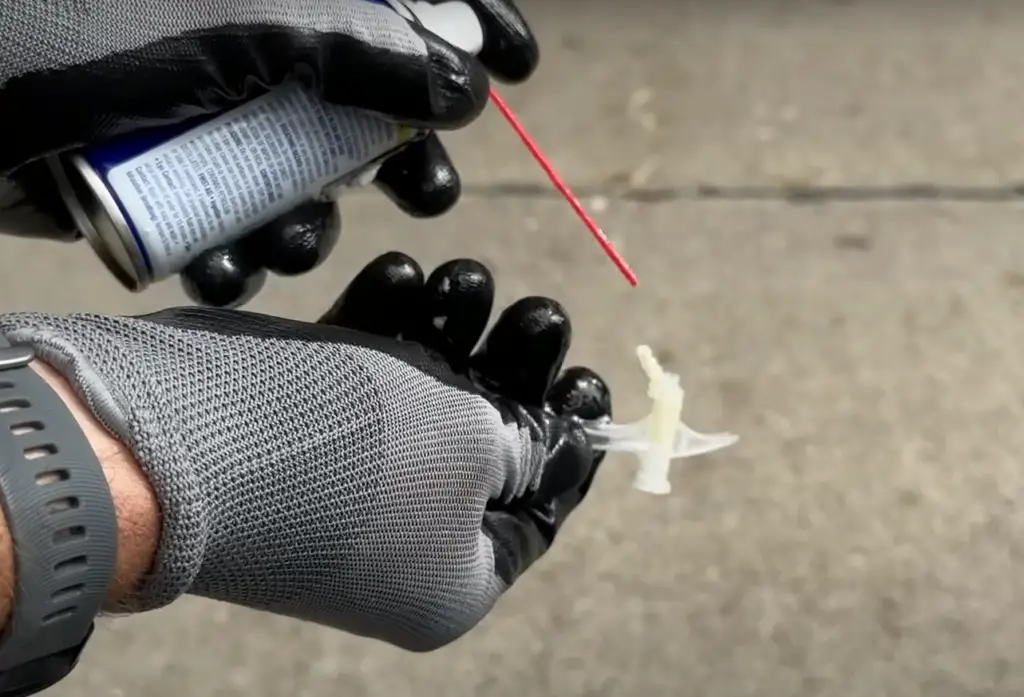
What is the most waterproof siding for a house?
There are a few different types of siding that are known for being pretty waterproof. Fiber cement, engineered wood, and vinyl siding are all great choices if you’re looking for something that will hold up well against the elements.
Of course, no type of siding is completely impervious to water damage. Even the most waterproof siding can succumb to moisture if it’s not installed properly or if it’s not maintained properly. That’s why it’s so important to make sure that your siding is installed correctly and that you keep up with regular maintenance like cleaning and sealing. [8]
If you’re not sure which type of siding is right for your home, be sure to talk to a professional contractor who can help you make the best decision.
How do you seal siding on a house?
To waterproof your siding, you’ll need to do two things: first, seal any cracks or holes in the siding itself; and second, create a barrier between the siding and the elements.
To create a barrier between your siding and the elements, you have two options: paint or stain. Both will protect your siding from moisture damage, but they have different pros and cons. Paint is more durable and easier to apply, but it can chip and peel over time. Stain is less durable but easier to touch up, and it won’t change the appearance of your siding as much as the paint will.
Useful Video: How To Seal Gaps And Holes In Siding | Keep Bugs and Cold Out!
Conclusion
Waterproofing your siding is a great way to protect your home from the elements. There are a variety of products on the market that can help you achieve this goal. When selecting a product, be sure to consider the type of siding you have, as well as the climate in which you live.
The first step in waterproofing your siding is to select a quality product. There are many different options available on the market, so it is important to do some research before making a purchase. Be sure to read reviews from other homeowners who have used the product, and ask for recommendations from your local hardware store.
Once you have selected a product, it is time to apply it to your siding. Be sure to follow the instructions on the label, and take care not to get the product on any other surfaces of your home. Once the product is applied, it is important to allow it to dry completely before painting or staining over it.
Waterproofing your siding is an important step in protecting your home. By taking the time to select a quality product and apply it correctly, you can keep your siding looking great for years to come. Thanks for reading! We hope this guide was helpful.
References:
- https://airestoration.com/the-real-way-to-waterproof-siding/
- https://foursevenfive.com/blog/four-key-reasons-for-building-with-a-vented-rainscreen/
- https://www.servicemasterbyzaba.com/blog/water-leaking-behind-siding/
- https://gambrick.com/is-siding-waterproof/
- https://yanishcustomexteriors.com/preventing-water-damage-behind-siding/
- https://www.yourownarchitect.com/what-happens-if-water-gets-behind-vinyl-siding/
- https://www.diamondcertified.org/how-to-waterproof-your-home/
- https://us.kebony.com/blog/siding-for-houses-choosing-house-siding-in-wet-and-humid-climates/

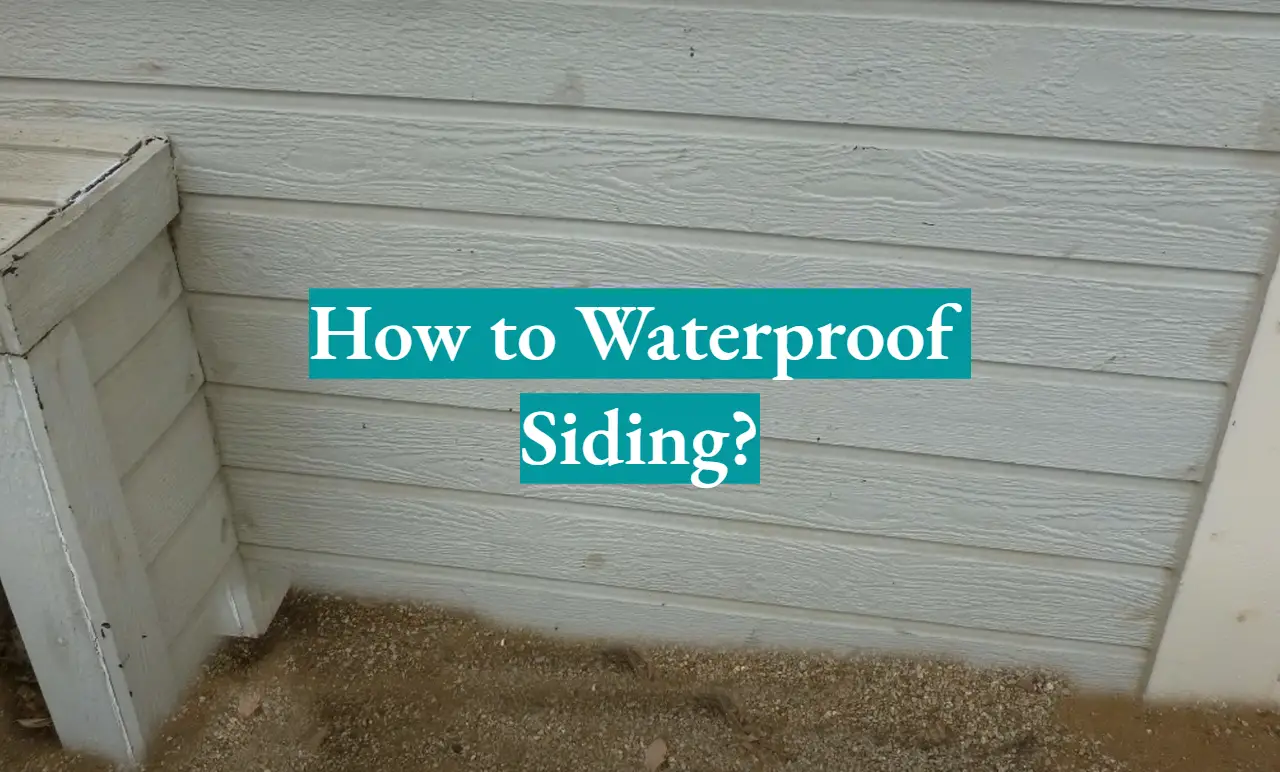
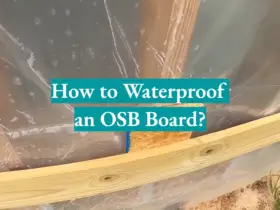
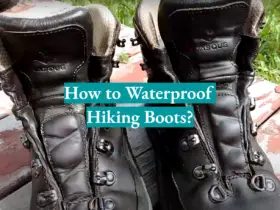


Leave a Reply